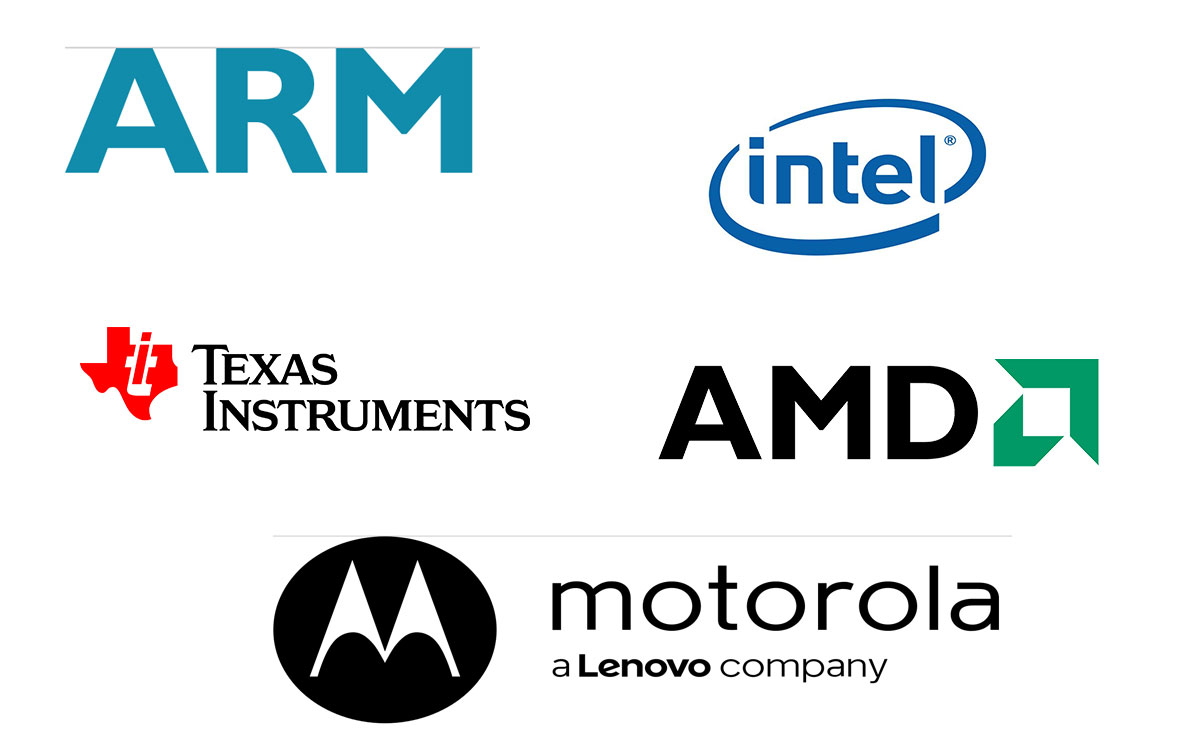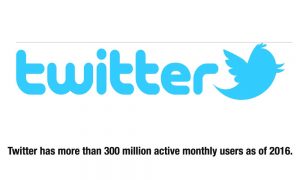The chip’s speed increased in later developments. Texas Instruments developed the first chip in 1978 to function as speech synthesizer. In Steven Spielberg movie, the flat-headed alien uses it for communication. The chip later found its way into online games. Texas Instruments later developed the ‘Digital Signal Processor’ (1983), then considered the faster microchip soon became part of modems, medical devices and military systems. By 1984, IBM introduced its 80289 for PCs. It brought down the price of PCs as five of those chips could do the work of 100 similar devices.
Motorola’s dominance with its 8-bit micro controller market was challenged by a small contender, Microchip Technology. The latter’s chip did not need ultraviolet light to erase programmes and instead made the memory developed by Rod Drake marked the beginning of micro controllers, which were used in unmanned aerial vehicles, remote control devices and a host of other applications.
Meanwhile, Gordon Moore, co-founder of Intel envisaged the doubling of the number of transistors on a processor every 18 months. (In 1995, he revised his prediction to once every 18 months.) His prediction was described as Moore’s Law, which has now become a guiding principle for the industry to provide powerful processors at decreasing cost. In fact, he had not founded Intel when he outlined his now famous ‘law’.
Intel’s production of microprocessors over the years has proved Moore’s Law. However, there is concern that the law may soon come up against physical barriers. Efforts are under way to find alternative technologies to the widely used silicon based chips.
In the mid-1990s, microprocessors speeded up the spread of computers. For each new generation of microprocessor, the number of transistors per single chip increased three to five times over its predecessor. Intel’s 80486 chips (1989) had a million transistors. Pentium (1993) which succeeded it had 3200,000 transistors. India’s Vinod Dham contributed to the development of the chip.
Computing power (measured as the number of instructions carried out per second) also increased. The semiconductor industry has shown a four-fold increase ever since it began.Producing memory chips. But the price has not increased proportionately. Today’s PCs have computing power similar to that of the early mainframes.
Two Billion Transistors on One Chip
One of Intel’s recent chips has a record number of two billions transistors. However, Intel faces severe competition in making more energy-efficient chips for smartphones and tablets. The first Intel chip for the mobile phone market—the Atom (2008)—was not power-efficient as expected. New versions were indicated. ARM, a UK company licenses its designs for use by the majority of smartphone makers. Microsoft, Intel’s long-term software partner, indicated that Windows 8 is designed to run on both touchscreen and conventional computers.
In the first 30 years of microprocessor development, computer performance was sought to be increased by making smaller and smaller features in the chips, but running at higher clock speed. For example, the Apple II computer in 1977 used an eight-bit processor that ran at 1Mega Hertz (MHz). The PC standard today is a 64-bit chip run at 3.6 Giga Hertz (GHz), which are about 28,000 times as fast.
Around 2002, when the chip size was 90 nanometres (nm), unexpected effects were seen. The power given to each chip began to leak producing heat. The density of transistors was so high that the heat could not be absorbed. Without elaborate cooling system, the silicon would simply melt. Chip makers looked for a way of improving the performance without the power problem.
It became clear that microprocessors could not scale up efficiently through ever-more and ever-faster chips. It was found that multicore chips—a mix of general purpose and those specialized to one task—functioned better. In 2005, Intel brought out its first dual-core Pentium D chips.
A hardware solution was found in what are known as multi-core chips. A processor’s core is the crucial component which receives and executes instructions. A single-core processor can execute only one instruction at a time, while a chip with multiple cores can process several instructions simultaneously. Each core can run at lower speed which needs less energy and produces less hear, but the overall processing power of the chip would increase. Accordingly Intel made dual-core and four-core chips, followed by more cores. Dual-core processors were found appropriate for hand-held mobile devices and for 3D-display, a useful feature in online games. The multi-core chips would allow Web pages to be loaded at least twice as fast as conventional processors.
Another chip maker, Advanced Micro Devices (AMD), has announced the launch of a new generation of processors called the Fusion Platform, designed to handle multi-core processors as well as high-end graphics. The chips can be used in mobile phones, as well as desktop computers. AMD’s Indian development teams in Bangalore and Hyderabad have played a ‘critical role’ in the development of the processor.
These impressive developments demand redesigning of software as the chip needs to process instructions in parallel and not sequentially. Although hardware makers are producing PCs laptops and portable devices with ever-increasing processing power, the software industry was rather slow in catching up. The capacity to write programmes to utilize the power available needed strengthening. The software programme had to be split to enhance the processing task.
Intel, which today makes 10 billion transistors every second, has developed the world’s first programmable processor with 80 cores. It delivers supercomputer-like performance from a single chip, not much larger than the size of a finger nail. The technology is known as Terascale computing aimed at delivering Teraflops or one trillion of calculations per second.
The unprecedented increase in the computer’s processing power in recent times has enabled the Internet to handle multimedia programmes with amazing quality in visuals and sound as well as enhancing the speed of connections worldwide.




















